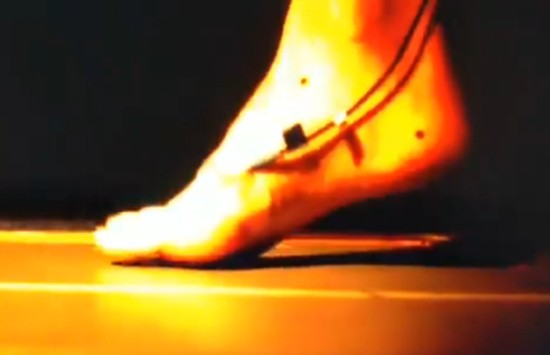Biography
Dr Stuart McErlain-Naylor is a Lecturer in Sport and Exercise Biomechanics at Loughborough University, UK. He is currently Vice President (Publications) of the International Society of Biomechanics in Sports.
Alongside a passion for engaging the wider audience in all things sports biomechanics, Stuart’s research interests include the application of wearable technology and computer simulation methods to investigate the human body’s response to sporting impacts.
Stuart organised and hosted the Sports Biomechanics Lecture Series , and is Social Media Editor for the journal Sports Biomechanics.
To discuss collaboration or consultancy, just send a mesage. For the best things I read each month, as well as publication, presentation, and project updates, please subscribe to my monthly newsletter.
Interests
- musculoskeletal modelling
- wearable technology
- sporting technique
- flywheel exercise
Education
-
PhD in Sports Biomechanics, 2018
Loughborough University
-
Postgraduate Certificate in Academic Practice (Fellow of the Higher Education Academy), 2020
University of Suffolk
-
BSc in Sport and Exercise Sciences, 2013
Loughborough University



